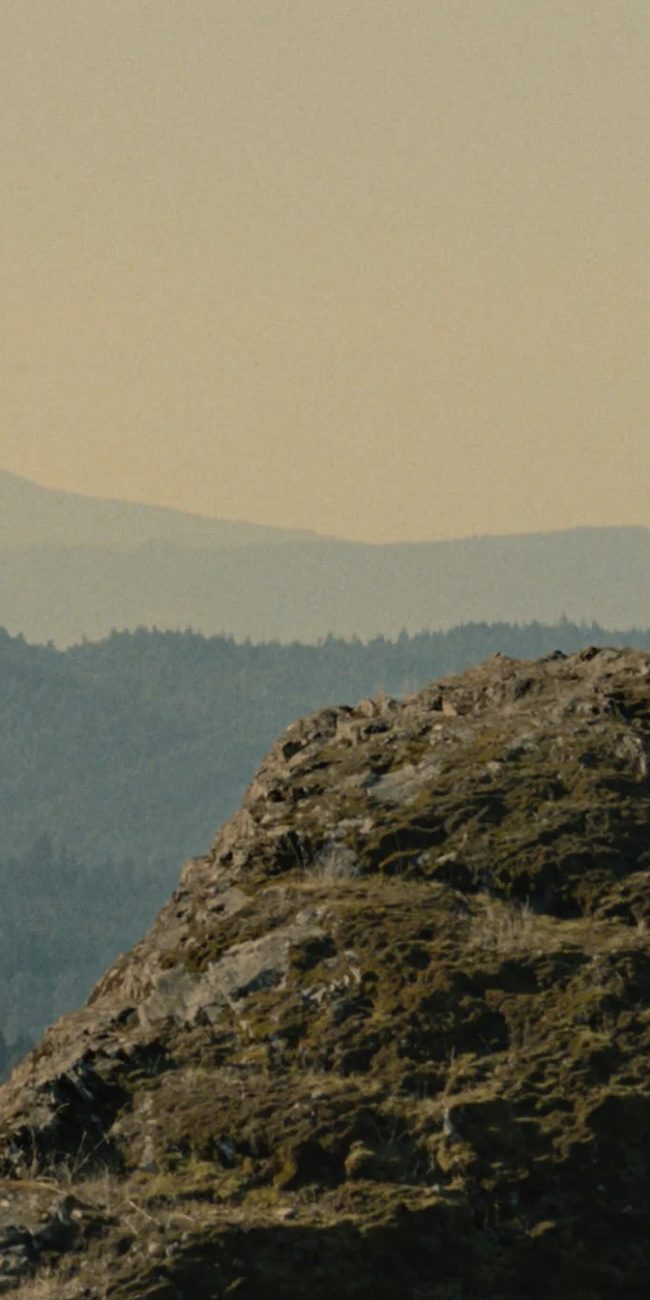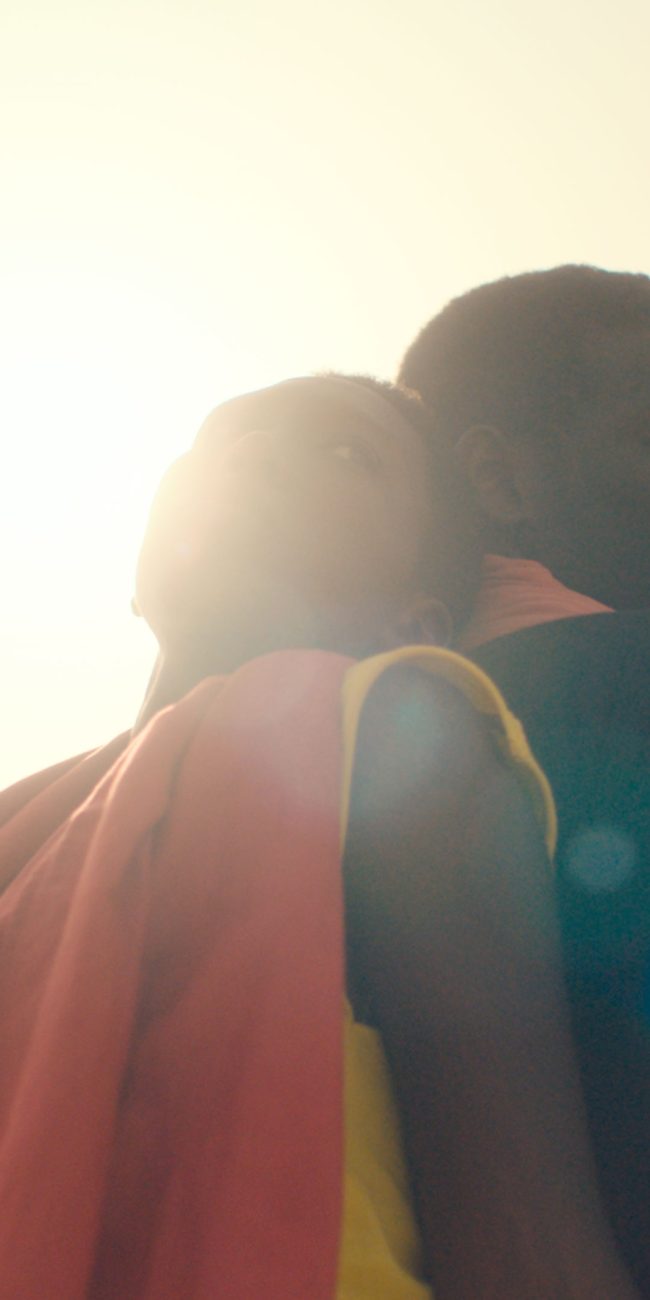A Conversation with Asmae El Moudir (THE MOTHER OF ALL LIES)
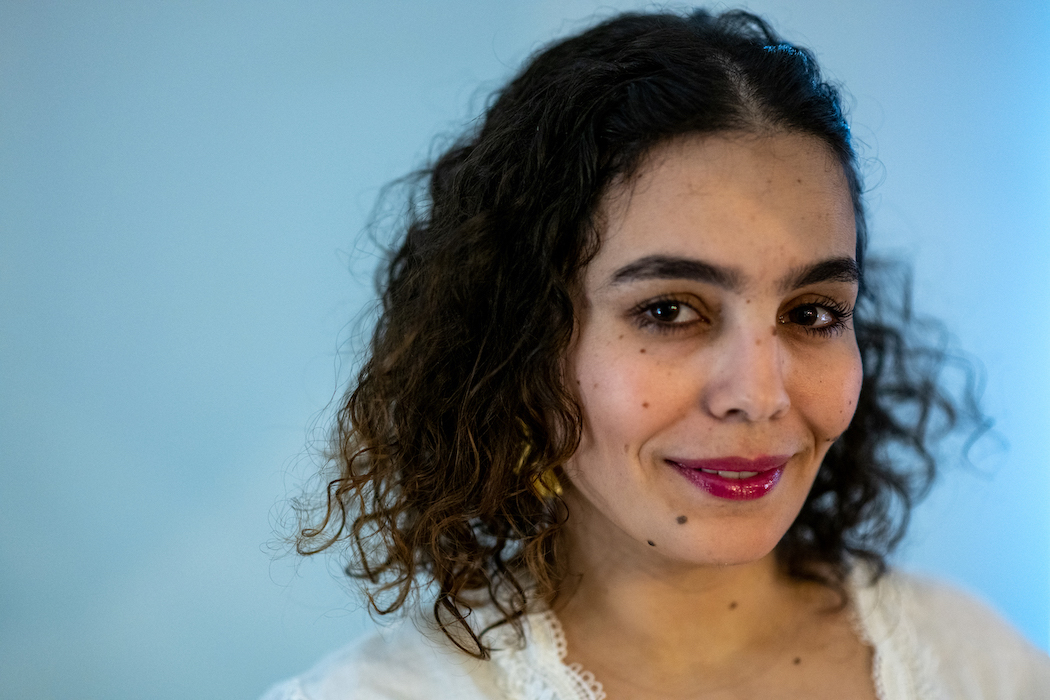
Moroccan filmmaker Asmae El Moudir’s The Mother of All Lies premiered at the 2023 Cannes Film Festival, after which it traveled to other festivals such as TIFF (where M.J. O’Toole reviewed it) and then Sundance 2024 (where I reviewed it). The documentary tracks the director’s attempt to have her family wrestle with longstanding trauma and memory, mostly through dramatic reenactments of the past, courtesy of remarkable models made by her father. At Sundance, I had a chance to chat with El Moudir via Zoom, and what follows is a transcript of that conversation, edited for length, clarity, and idiom (since English is not El Moudir’s native language). There are also moments of translation from French, when that proved an easier language in which to communicate.
Hammer to Nail: Please explain the title. In Arabic it is “Kadib Abyad.” What does “The Mother of All Lies” mean to you?
Asmae El Moudir: “Kadib abyad” in Arabic means “white lie.” And “the mother of all lies” refers here to the fact that there is both a mother and a lie. For me, “kadib abyad” is about how I asked why, in our family, we have no pictures anywhere. Why? I started this film in 2012, and in 2016 I discovered that there had been a big riot in the street where I grew up and I understood that our family’s story was part of a much larger story. And so both the “white lie” and the “mother of all lies” refer to the process of discovering that story.
HtN: You talk about the fact that your family had no photos of the past. What is at the heart of your grandmother’s objection to photographs?
AEM: I grew up thinking that my grandmother didn’t like photos because she felt that human representation in photographs is “haram” (forbidden). But I discovered while making the film that my grandmother had another reason. She was also a victim. Long ago, she lost twins, and her husband thought it was because she had had their picture taken. That’s why they died. As a result, she was beaten by my grandfather. And after that she forbade the taking of pictures.
HtN: You mentioned the riot in your street as a catalyst for your movie’s narrative, but was there some larger reason that you wanted to focus on the 1981 protests in Morocco as the primary plot device?
AEM: I was working on a documentary about my family when I discovered, while watching TV, the history of the riots, and decided to integrate that into my film. I started to ask, “What happened in 1981?” I was not alive then, of course, and there were no pictures, just as there were none for my family history. The similar lack of memory of the events is what linked the two stories in my mind. And this pushed me to ask how we invent stories when we don’t have any concrete visual proof of what has happened, and who makes the story when there is no proof, if bodies are hidden and pictures are missing. That’s why I created this interaction with my family in the film.
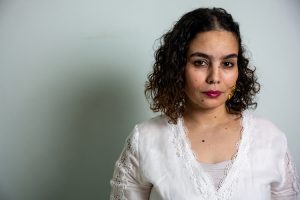
Filmmaker Asmae El Moudir
I started out with nothing. I began making my own archive and filming with my own camera. I was not allowed to film in other places, such as the cemetery, where it was forbidden. So I created my own cemetery, my own set, everything. I wanted to have this freedom to film what I want, and to examine why things were erased both from my family’s memory and the national history, and how we can restore memory. I was not looking to denounce anyone or find the guilty parties, but just trying to understand the relationship to the truth, and to understand this crescendo of lies in both our house and the country.
HtN: I understand how you started, then, but how did you land on the idea of making these small-scale models of the neighborhood and the street? I love this aspect of your film so much. It’s beautiful. So much work went into it. It’s amazing.
AEM: Thank you. In my thesis film Thank God It’s Friday, which I made at the French film school La Fémis, in Paris, I worked with those Russian nesting dolls, matryoshkas. I love animation, but not perfect animation. I don’t like it when it’s perfect. I love a mix of reality and animation, where we can feel that we are not far from the reality. When I was a little girl, my father would create models and dolls for us using cardboard so that we could go inside them and play there.
My father is a mason, and he built a lot of the houses in our street and in Casablanca, overall. So when I discovered that I wouldn’t be able to film in the actual places, I started looking for a solution. This film has been like an obsession for 10 years and I needed to finish it before I could look for another story. So I asked my father, who has a workshop in the house where he works on lots of creative projects, for help. “Let’s just do something,” I said, “using the materials you work with, to build some kind of set.” And he said, “OK. Let’s try.”
We spent 8 months finding which building materials would work best, starting with clay and going from there. We needed to have figurines with a certain amount of articulation, because I didn’t just want them to stand up. And we also had a problem with scale. We had to figure that out, so that our dolls would match the proportions of the rest of the set. (laughs) We had dolls bigger than the house! But ultimately, the process of this creation became a part of the film, as did the filming of what became my “archive,” which I did from 2012 to 2019.
HtN: I think it was a very good choice to show much of that creation in the actual film. How did you convince the rest of your family, as well as those two neighbors, to come and be in that warehouse space with the models and relive their memories? Your film is also about them recreating, or performing, their memories.
AEM: Each person has a story. My father and mother were easy, and then they helped me to convince the others. The others were not that hard, either. I was amazed, though, that my grandmother—the woman who doesn’t like pictures—came on the day of the movie’s screening to watch herself. It was like science fiction.
We live in Casablanca, but the shoot location, where we built the models, was in Marrakech. I put it there because I said, “If the walls have ears in Casablanca, let’s move and go to Marrakech. I will build for you walls without ears. We will talk and then destroy everything. And maybe this will be good therapy.” My grandmother went back and forth, saying she would do it, then not, then yes, then no. Two days before going to Marrakech, she said no. I asked her to please not do that. Everything was ready, I couldn’t afford to lose the money, I had been working for years and years to make it happen, raising money from documentary foundations.
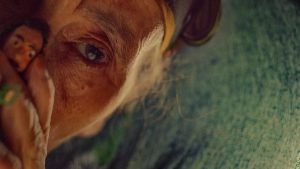
A still from THE MOTHER OF ALL LIES
And then two days before filming was supposed to begin, she continued to say no. So I brought three Moroccan actresses to see her, and when she asked me why, I told her to choose one, and that actress would play her in my film. She got upset and said, “This is my story.” I said, “Yes, so come and tell it if it is your story.” And the night before filming she called me and said she would come but would not guarantee that she would stay. And she caused problems behind the scenes, and I lost control of her a lot of times. She destroyed things. But that was great for the story because we need people on opposing ends of the narrative. We need an antagonist.
HtN: It works, because her simmering almost-anger at what you are doing makes her an interesting character. You then give her her own moment of catharsis that is quite powerful. And I really like how much your film is actual therapy for everyone involved. It was like “sandbox therapy,” where people recreate traumatic experiences in sandboxes and thereby wrestle with those memories. I found that so beautiful.
AEM: That’s great to hear! After I finished the film, some psychiatrists told me about that technique to free people from trauma. For me, it was simply the method by which we could talk freely about our own past. The film provoked us to think about these things and I provoked with my questions. We need, as humans, a safe place where we can talk freely about our past. I was living with this dictator—my grandmother—who just stopped everybody from talking within the home. And this home was just one such home with similar problems. My grandmother is representative of society as a whole. And that was the idea of the film: to build a microcosm of the larger society.
HtN: Do you feel like your family grew closer together as a result of this film? Was it effective as therapy?
AEM: Maybe not right after the making of it, but now, after 5 months, 6 months, I can feel the change, I can feel that it was very important to create this interaction with my family. I think it was very good to make this film, because now, as a filmmaker, I feel like something very heavy has been lifted from my shoulders. I did it! I talked about these issues without fear. But it was hard to talk about these subjects without hurting anyone.
And the film won Best Film at the Marrakech International Film Festival, which no Moroccan film has won for 20 years. It was very important for me and for my characters to go to Marrakech and to win the prize at Marrakech in our own country. That means that the past is now erased and we can move to the future. There is a kind of reconciliation with our past. We can talk freely without thinking that the walls have ears. We will not hurt anyone by telling our own stories. And yes, there is some kind of therapy in the film and that is why I love documentary (even if my film is in a hybrid format, although I did not change any facts, but just changed the way I told them).
And today, I can talk to my grandmother about pictures, about cinema, and also come and take her picture, which was previously really forbidden for her. And I’m so happy that we went to the Cannes Film festival, as well, where Abdallah was able to dance. He had not sung or dance for over 30 years, following the trauma of his post-riot arrest. He was very happy and said, “I feel that I am a new Abdallah.”
HtN: That’s wonderful. I’m so happy that it worked out that way. I want to thank you for chatting with me. I wish you all good things with the film.
AEM: Thank you!
– Christopher Llewellyn Reed (@ChrisReedFilm)








